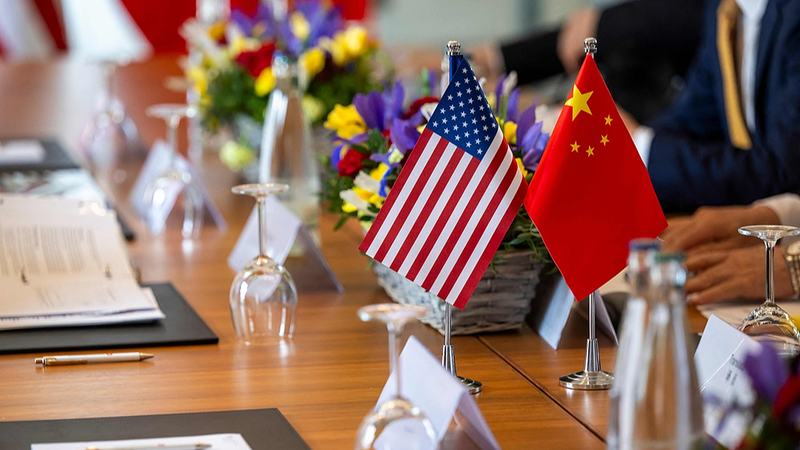In the chessboard of global tech competition, the United States and the Chinese mainland are no longer playing a game of one-sided domination 🤝. Instead, both powers have matched each other move for move, especially in semiconductors and rare earth minerals — the new dynamic duo shaping 21st-century rivalry.
It all kicked off when Washington tightened the screws on high-end chips. The Chinese mainland fired back with restrictions on rare earth exports, essential for military-grade magnets. Suddenly, the tech battlefield looked less like a blitzkrieg and more like a synchronized dance: each side probing defences, then pulling back, testing commitment, and discovering limits.
For years, tariffs were the go-to weapon. But after multiple rounds of tit-for-tat measures, both governments realized they were hurting themselves as much as the other. So they hit pause 🔄 and pivoted to subtler fronts: industrial policy, tech standards, and supply-chain dominance.
Fast forward to today, and chips and rare earths have become a pair almost too perfect to break apart. Neither the US nor the Chinese mainland can fully detach their supply chains overnight. Analysts say self-reliance will take years — a timeline that ironically cements mutual dependence.
This interdependence might sound like a trap, but it doubles as a stabilizer. Just like nuclear deterrence kept the peace in the Cold War, shared tech vulnerabilities can raise the cost of aggression. When President Donald Trump considered new tariffs after the rare-earth move, he opted to de-escalate and wait for talks with the Chinese president in South Korea 🎯.
What's next? Expect this high-stakes ping-pong to expand into AI governance, advanced materials, and even climate tech. Each shared weakness adds another layer of balance. The future of US–China competition won't be about total victory, but about managing a complex web of mutual reliance — a fragile peace powered by symmetry.
Stay tuned as this epic saga unfolds — the next tech twist could be just around the corner! 🚀
Reference(s):
cgtn.com


